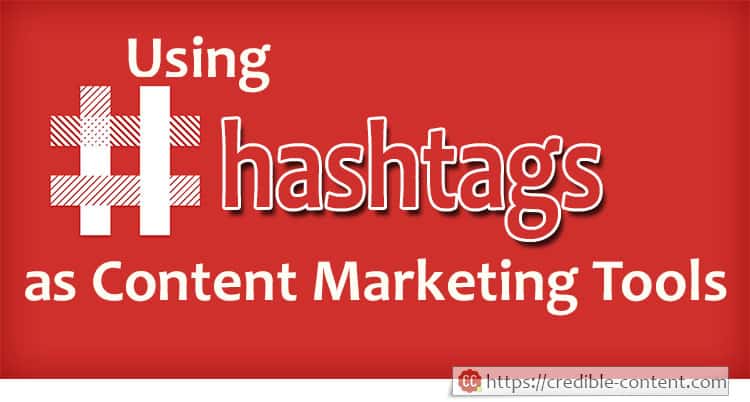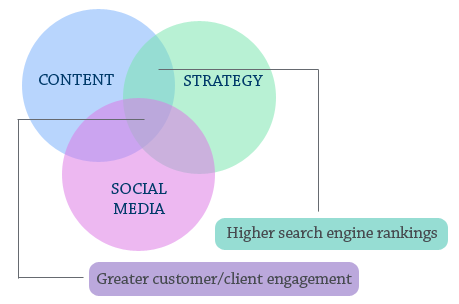Hashtags are everywhere these days. People use them on Twitter, Google Plus, Instagram, Pinterest, YouTube and any other website where content is promoted using keywords and tags. You can use popular hashtags as content marketing tools.
Why use hashtags as content marketing tools?
More and more people are relying on social networking websites to find valuable, useful and relevant content. Random searches can be tiresome so people who are really interested in a topic follow hashtags (also called trending topics). They can either create streams based on a hashtag based on their favourite social networking tool (something like Hootsuite) or they can simply click the popular hashtag to view all the updates in the stream. For instance, if you want to know what all people are saying about content marketing today on Twitter, you can check out the hashtag #contentmarketing. So if you want to say something that you can somehow relate with this hashtag append it at the end of your message and post it on Twitter. All the people following this hashtag will be able to view this message. A problem with popular trending topics is that the message may not stay in front of your viewers because they scroll very fast – sometimes thousands of people are posting every second.
Do you want to use the trending topics as content marketing tools?
This is how it works…
Find out what’s trending and think of how you could use these trending topics for your content marketing requirements. Doesn’t matter if some popular trend is being promoted by a company, a sports club, an NGO or a political party. If it is in the public domain and if you can creatively incorporate it into your content marketing effort, you should go ahead and do so.
But make sure you don’t end up irritating people. I don’t believe that bad publicity is better than no publicity – in the business world it doesn’t work that way. You ruin your reputation as a business and it takes lots of time to undo the damage.
How to find hashtags that you can use as content marketing tools?
The first spot is of course the Twitter website itself if you want to use some Twitter hashtag. In fact most of the prominent hashtags are displayed on their respective websites. On Twitter you can find them on the left-hand side. You can see international hashtags as well as the ones specific to your country or region.
You can also create a list of hashtags that would be relevant to your business or your target audience and then routinely post updates and content links accordingly.




